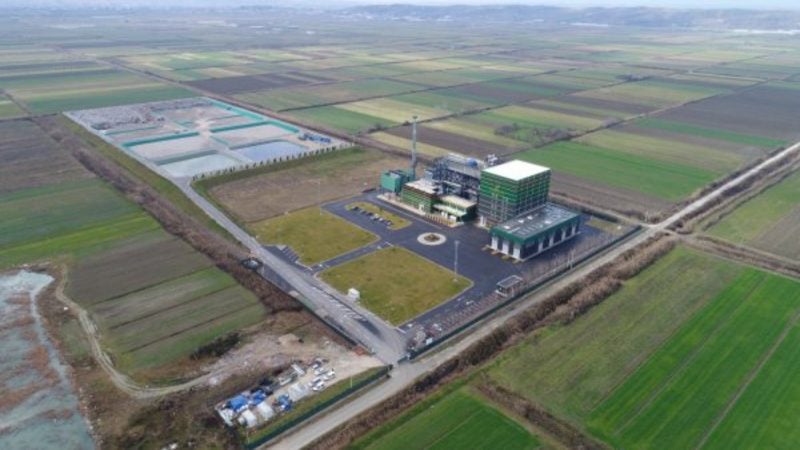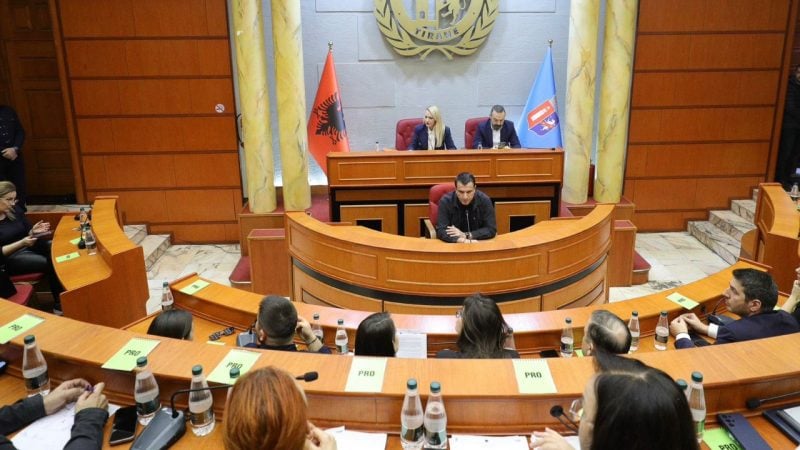 The Washington Agreement Must Be Reactivated!
The Washington Agreement Must Be Reactivated! 
By the end of 2009, when high expenses and central election campaign increased Albania’s debt almost to the dangerous limit of 60% of the GNP, the government publicly declared after IMF pressures that they were going to decrease the debt on the years to come.
The Strategy Planning Committee approved at the time the medium-term budget plan which predicted debt decrease at 54% by the end of 2013.
This plan seemed like a silent agreement between the Albanian Government and the Fund, although IMF experts had recommended a decrease at 50%.
The same committee, which is under the control of the Prime Minister, approved another plan that overturned the previous promises of the Prime Minister.
According to this document, Albania’s public debt remains 57% even by the end of 2013, when the country enters General Elections.
IMF, World Bank and other financial agencies warn that this debt level is dangerous for Albania.
Finance Ministry official data suggest that for every 100 ALL collected in the budget, the government pays 13 ALL interest and debt repayment, a similar debt level to the one that sent our Greek neighbors on the brink of financial collapse.
But high expenses on interest repayment are not the only danger of Albania’s debt.
Another danger comes from within its own structure.
Since the beginning of 2008, the government has loaned 970 million Euros of external debt, mostly in the form of commercial loans.
According to this official data, the external debt has reached the point of 40% of the total debt.
The public debt now is not only dependent to government expenses, but also to currency exchange fluctuations. Albanian debt increases each time that ALL loses terrain against Euro.
What happened with public finances during the recent couple of years indicates that if the debt will increase, it will be difficult to hope for a decrease, at least not without the governments’ strong will.
Top Channel







